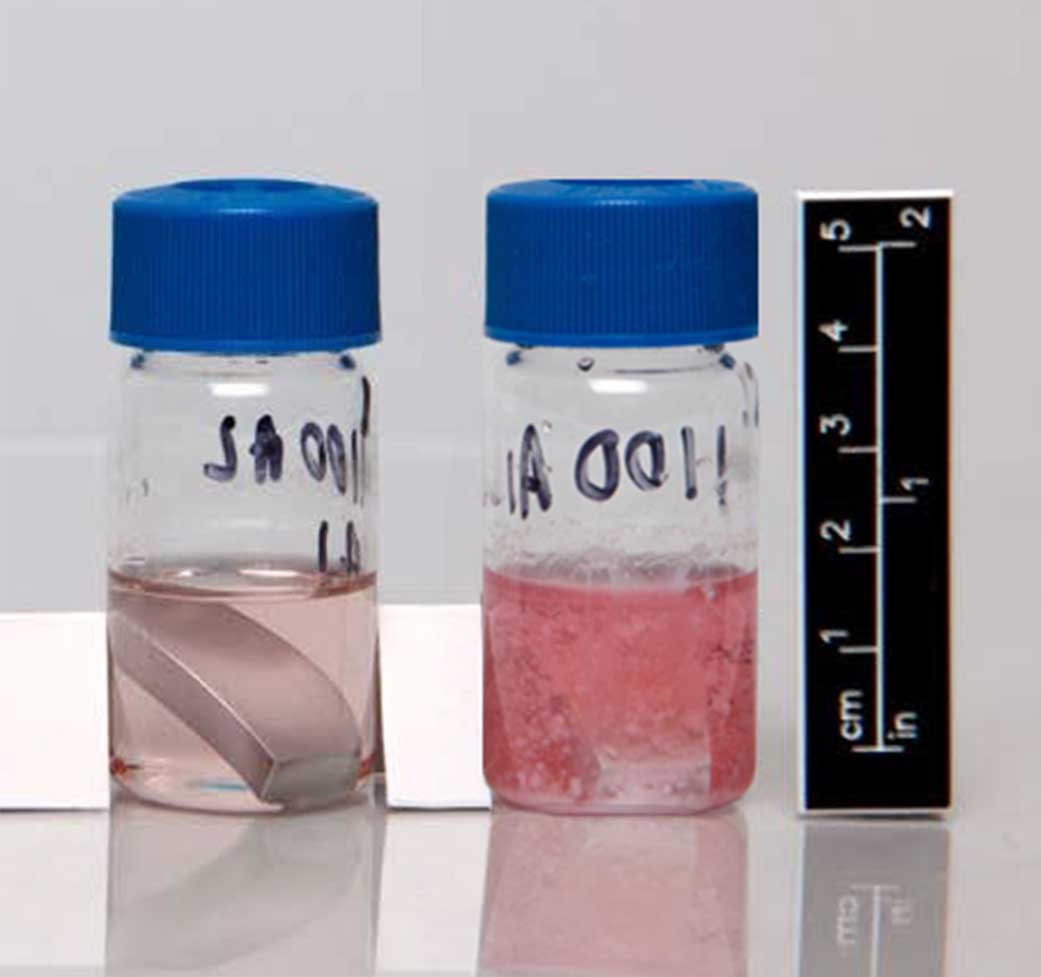White Sands Test Facility has been engaged with NASA centers and contractors working on the Green Propellant Infusion Mission (GPIM) project. GPIM is a collaboration between NASA, commercial industry, and the military which tests and demonstrates the technology of green propellants for next-generation spacecraft.
Green propellants are low toxicity, high energy liquid rocket propellants that will offer a high-performance, high-efficiency alternative to conventional chemical propellants for future spacecraft. Green propellants are attractive as possible substitutes for traditional hazardous propellants because of several factors.
Safer Propellant handling
Green propellants mitigate the cost and risk associated with the transport and storage, cleanup of accidental releases, and human exposure to traditional propellants. They have a lower toxicity and are less prone to ignition due to mishandling than traditional propellants.
Fuel efficiency
Some green propellants have a higher specific impulse (which is a measure of the amount of thrust that is produced per unit of propellant consumed) than conventional propellants. In addition, they have a lower freezing point than hydrazine, requiring less spacecraft power to maintain propellant temperature.
Commercialization and Lower Turnaround Times
Green propellants may offer a safer, faster and much less costly alternative for launch vehicles and spacecraft fuel loading operations making them a viable technology for commercial spaceports operating in the United States. The combined benefits of low toxicity and easy handling may shorten ground processing time from weeks to days, simplifying the launching of satellites and spacecraft.

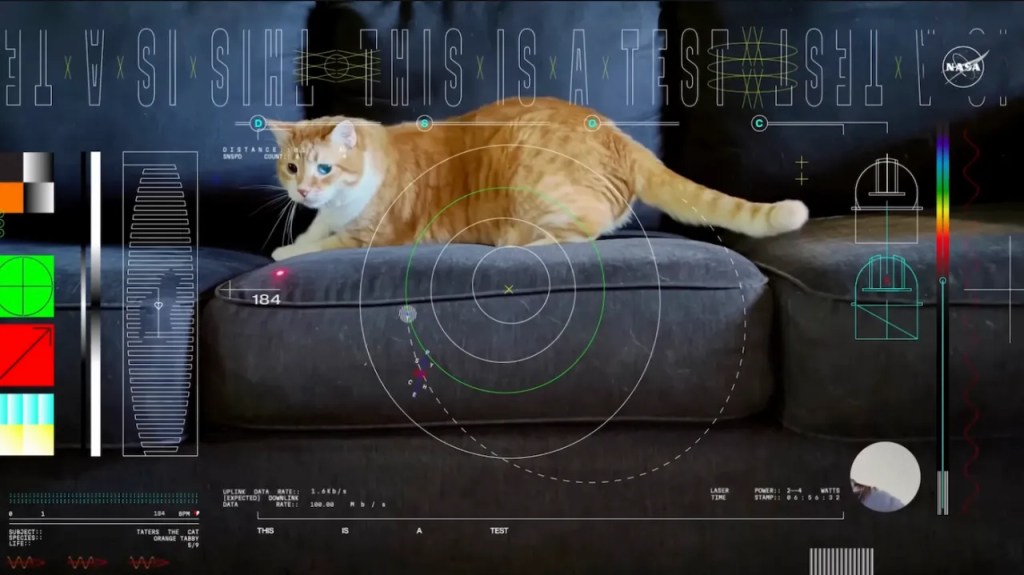

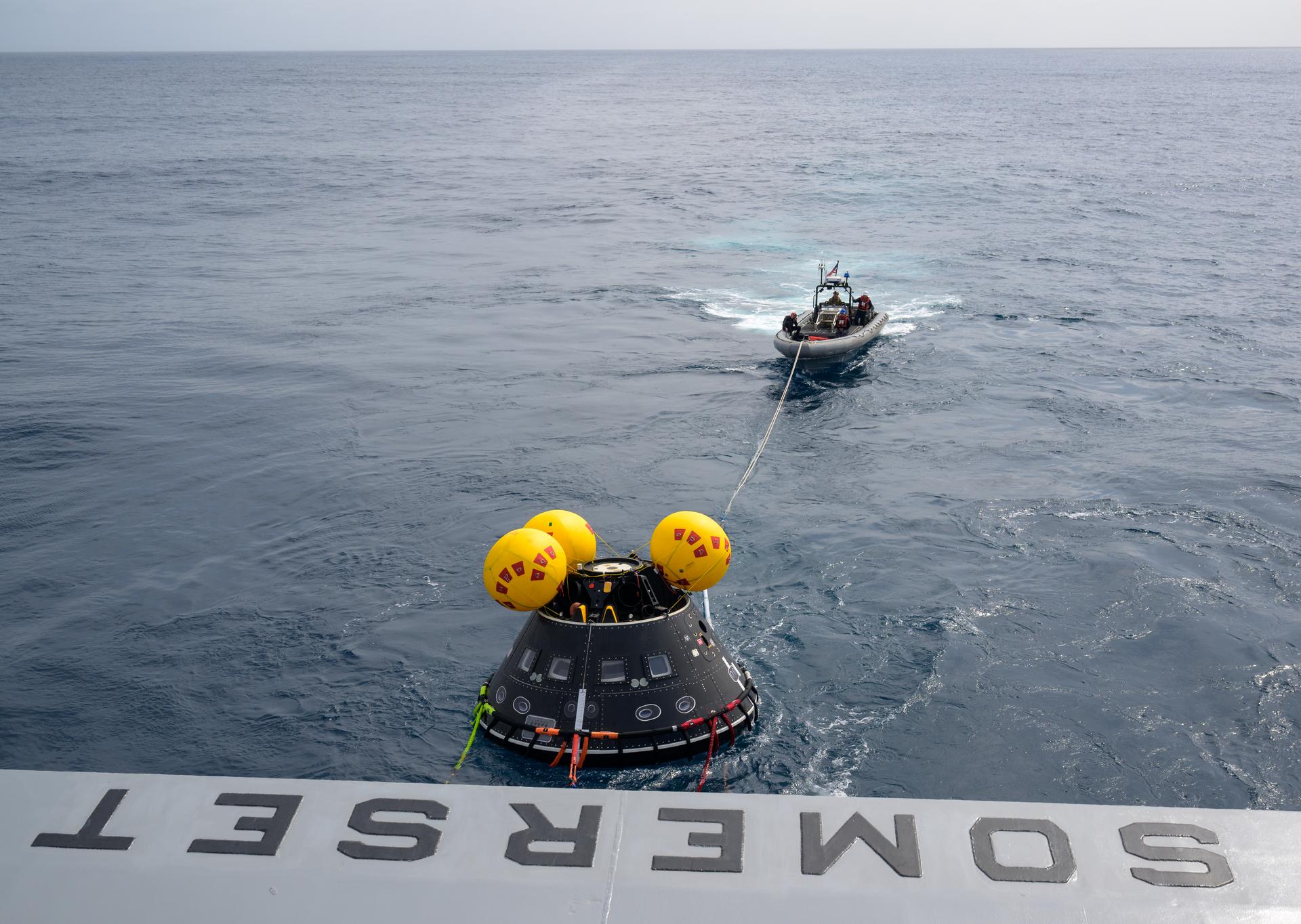

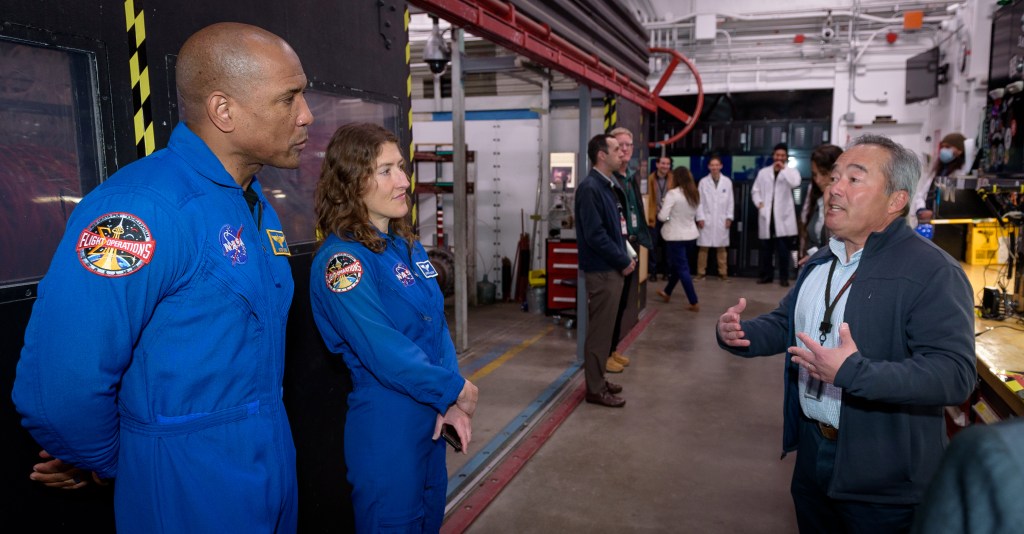







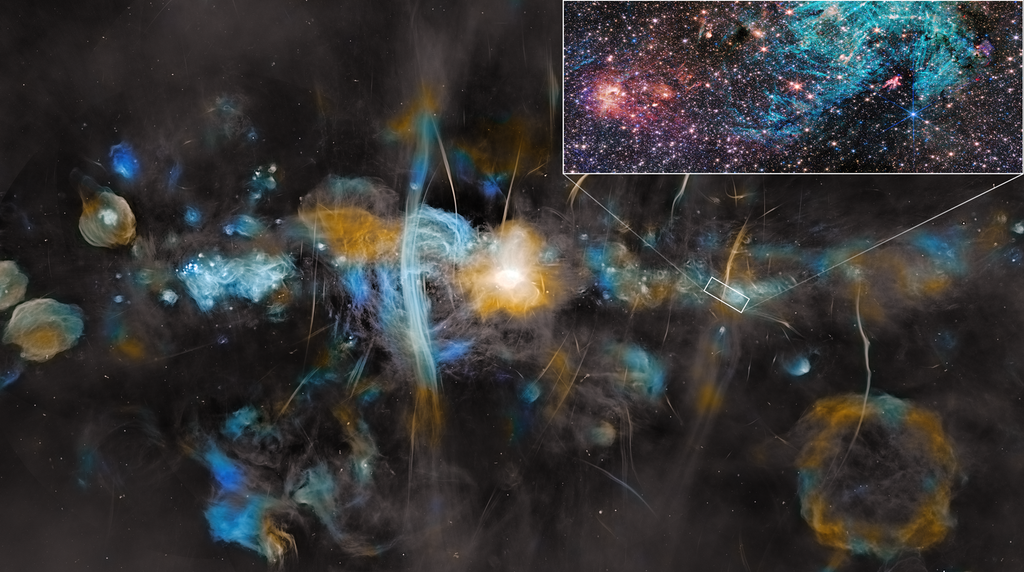

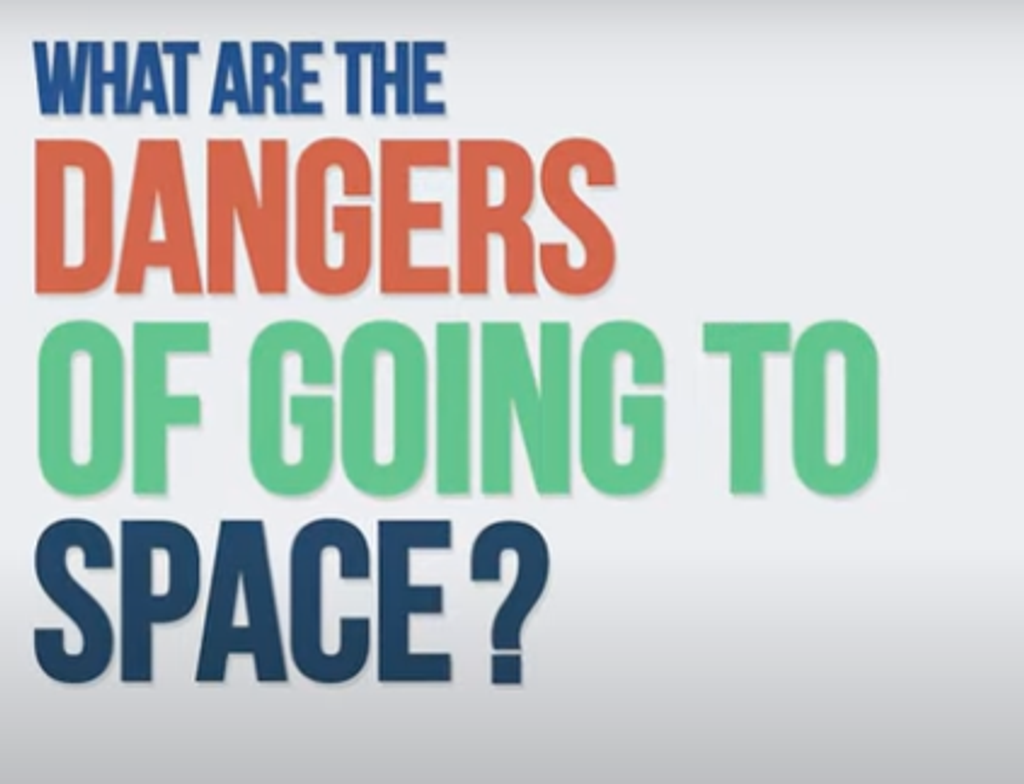

/quantum_physics_bose_einstein_condensate.jpg?w=1024)











